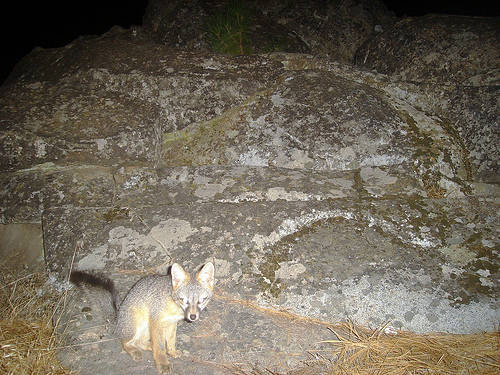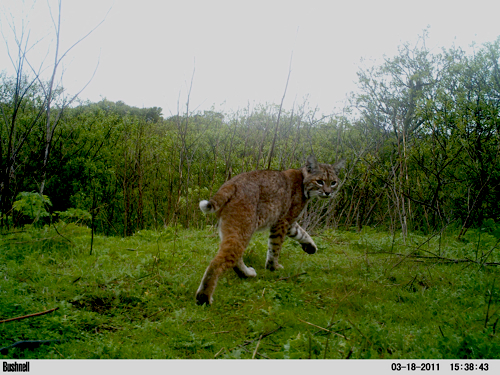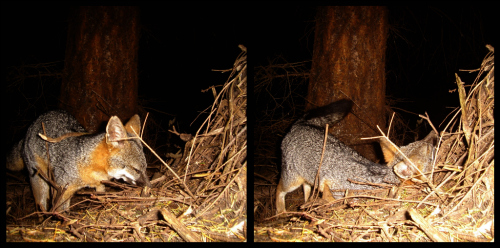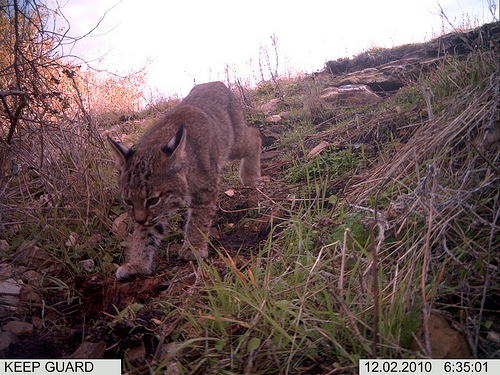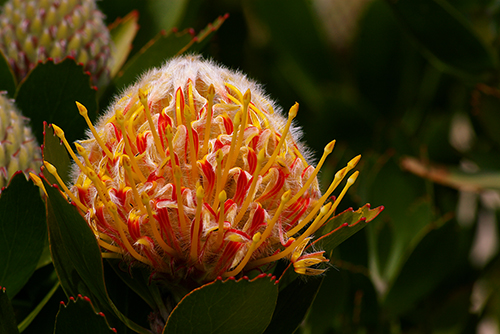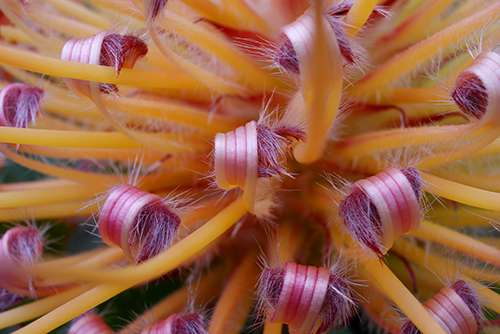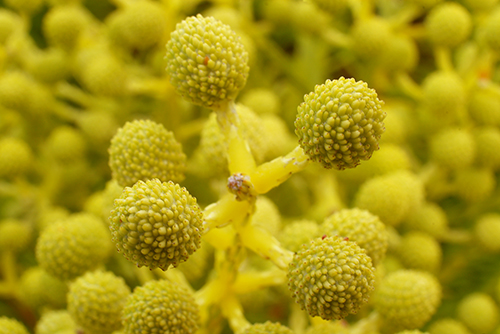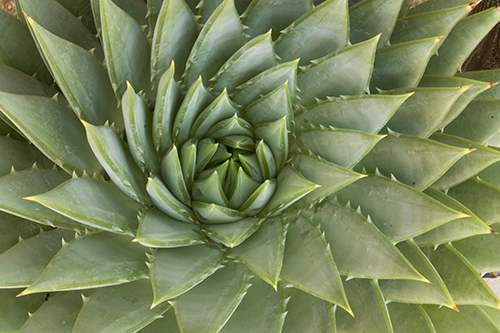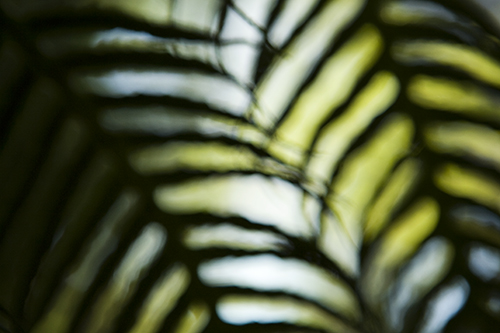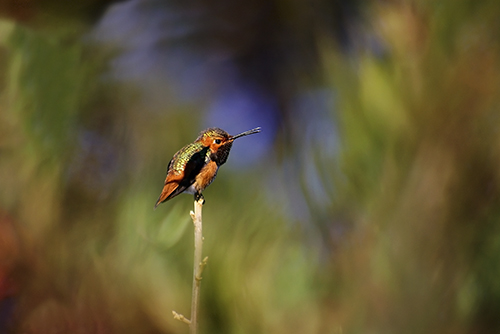There are a few blogs I really love to read and I thought I would share them with you to check out as well.
Jake and Christian are not only friends but they write a great blog about camera trapping as well. They concentrate most of their camera trapping efforts around the UCSC campus, therefor the name Camera Trapping Campus (though to be honest this is me just assuming that) as well as in Marin county. They are maximizing the use of their pictures by sharing their insights on how the pictures were achieved through their blog as well as in the classroom.
They were both nice enough to answer a few questions that I think can provide a very helpful tool for your own camera trapping adventures and its applications. Plus if you have a chance to check out their blog you will get hooked, just as I was about their nature adventures!
Q: How did you two first get into camera trapping?
Jake: I first got into Camera trapping when I found a picture on the internet. It was of a bobcat carrying a gopher snake in its mouth. The picture was taken in Marin County near where I grew up which was extra exciting. I learned that it was taken by a camera trap and by this scientist who ran a blog and just happened to teach a class on the art of camera trapping. As I am sure you know by know the blog was www.cameratrapcodger.com and the scientist was Chris Wemmer AKA The Codger. Well the class was happening in three weeks and I was not going to be able to attend, so Christian, Sean and I vowed to take the course the following Summer, which we did. I got an off the shelf camera the Christmas before the class, but only got to try using it a few times before the course. At the course we got a chance to use homebrew cameras which I had always wanted to use. After the course the Codger, held a workshop for four of us at the Cal Academy where we learned to hack our own cameras. I should also mention that I had been a reader of http://natureofaman.blogspot.com/ and Randomtruth was also taking the course. We all became friends and have gotten to do some great camera trapping together over the last year and a half.
Christian: About two years ago, I was searching online for any tips on sea caves to explore in Point Reyes. The Codger’s blog came up as a search result — of course a post about Mountain Beavers — and I was immediately intrigued. I had never heard of a Mountain Beaver before or camera trapping and the idea of photographing all of these amazing creatures was an truly thrilling concept. I think I immediately emailed Jake, completely stoked on pursuing the idea. One thing led to another and the next summer I was enrolled in the Codge’s Sierra Workshop.
Q: What would you consider the advantages and disadvantages of camera trap photography?
Jake: The biggest advantage for me is it allows me to do some wildlife photography when I really don’t have much time for it. With a camera trap I can spend a half a day once a month setting up and picking up cameras and get some good shots. Another advantage is that since you are not around to scare the wildlife, you may get some good behavior that you would not get stalking them or from a blind. The major disadvantage is that you don’t get to frame the shot as you would with traditional photography. One of the best things I learned from the Codger is to frame your camera trap shots with an eye-catching background. I still have a long ways to go in improving on this.
Christian: The advantages of camera trap photography would be time efficiency, safety in regards to both humans and animals and also the ability to capture reclusive animals that are virtually impossible to capture with live photography.
From what I have experienced, the disadvantages are primarily not being present to monitor the cam — those pesky problems of batteries running out, a leaf or branch that has grown over the lens, or even pickiness over how the animal is framed. However, for the latter issue, a skilled cam trapper can develop skills to create a set that has a high probability of success in terms of framing.
Q: How do you select a specific site to set up a camera trap?
Jake: We still have many many goals we have yet to achieve. No Mountain Lion yet and every camera trapper needs one of those in the bag. I aim to get kit foxes next year in the Mojave Desert. That should be a very attainable goal. I would also love to get ringtail and the Mojave may be a place for that. We both are very excited by trying to get Red Tree Voles back in Sonoma County in collaboration with the Codger. I have yet to get a bear or a Mountain Beaver on one of my cameras so that will be the goal for the Sierras next year. I will have no excuses for not being able to get either of those after the great success others had up there this past season. For Santa Cruz I really still want to get Long-tail weasel. They may or may not be in YLR but they are certainly within a few 100 meters of there so hopefully we can catch a wanderer in the reserve. I also think it would be a ton of fun to take a camera or two with you on vacation. I love to go to Central America and even on short sets I could get some really fun things. Now to figure out a way to actually go on vacation while still in grad school.
Christian: Aside from the aforementioned curriculum, I have a few fantasy projects. One being camera trapping the endangered Pomo Tree Mouse in Sonoma County with cameras high up in Doug Fir trees. I have also caught the ringtail fever and am curious if any are still around the North Bay and Napa County. The annual Mojave Desert trip that has been blogged about on our site is something that I hope to finally participate in next spring. Kit Foxes!
It sounds like you guys really agree on these issues (especially since you answered these questions independently) which is exactly what makes your blog one entity, rather than two individuals writing it. Keep up the great work guys, we are all looking forward to follow you and see what new things you can come up with!

